Yorkshire and Lincolnshire historic sites added to National Heritage List
- Published
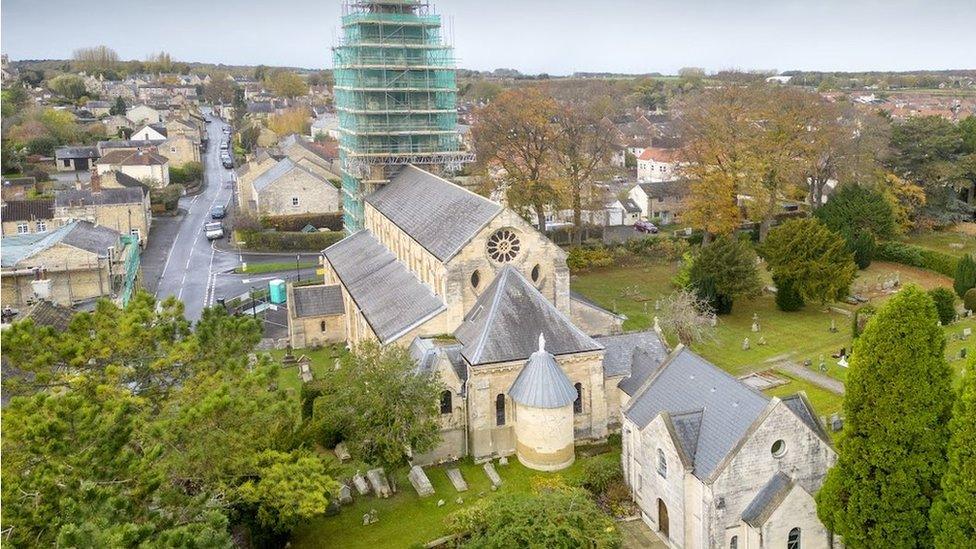
Roman Catholic Church of St Edward, Clifford, West Yorkshire
A Victorian county court in Skipton, a 20th Century Sheffield church, the walls of a grand North Yorkshire estate and a World War One memorial are among sites to have been added to the National Heritage List for England.
Historic England manages the list on behalf of the government.
Buildings, monuments, sites and landscapes featured on the list receive special protection.
Historic England say 99% of the country live within one mile of a site.

Duncan Wilson, chief executive of Historic England, says listing recognises the value of sites
Duncan Wilson, chief executive of Historic England, said: "Places like this help to make us proud of where we live. Listing recognises their value so they are protected for the future and everyone can continue to enjoy them.
"In England, 99% of us live less than a mile from a listed site and the festive season is a great time to find out more about the historic places on our doorsteps."
The organisation is inviting people to 'Enrich the List' by sharing their knowledge and pictures of listed places.
Mr Wilson said he hoped this would "help expand our shared understanding" and "perhaps even unlock some of the secrets of the past."

Yorkshire and Lincolnshire gems
The following sites are among 20 to have made their way on to this year's National Heritage List:
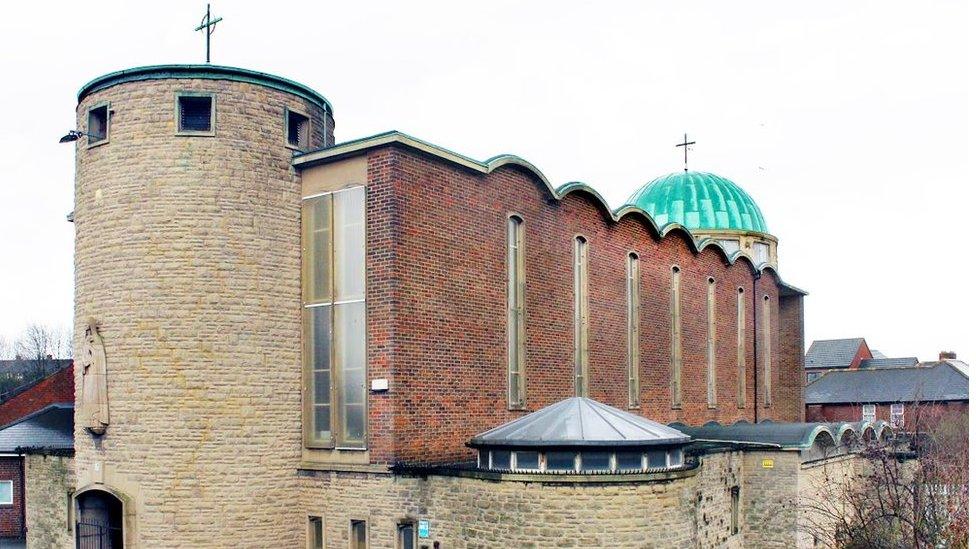
The Roman Catholic Church of St Theresa is grade II listed and was built in the 20th Century
This dome-towered church looms over Sheffield's large Manor housing estate.
Sheffield-based architect John Rochford designed and adapted many churches, with St Theresa's being one of the most notable.
Completed in 1960, the church has a bold, modern Byzantine style, boasting an eye-catching green copper-covered dome.
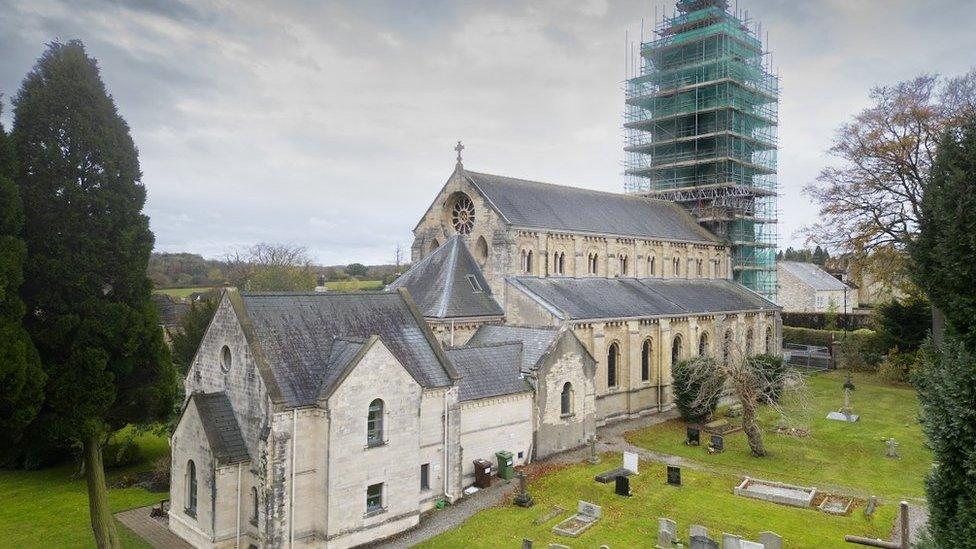
The Roman Catholic Church of St Edward, Clifford has been upgraded to grade II listing
This impressive church is grand enough to be a city cathedral, says Historic England, but it was built to serve a small village.
The church has 26 stained glass windows, ranging in date from 1848-1986. This includes two in the north aisle by the famous architect, artist and designer Augustus Pugin.
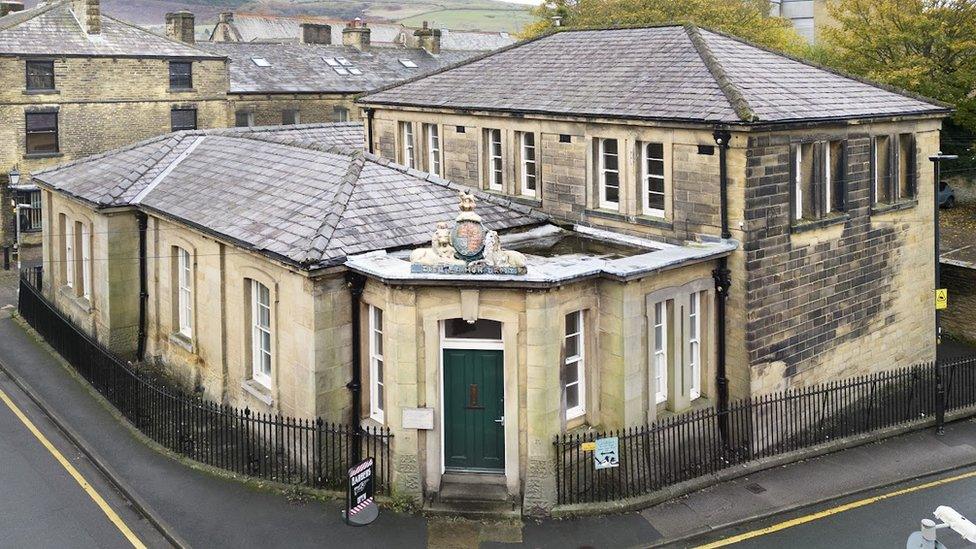
Former Skipton County Court is now grade II listed
This Victorian local county court was designed in Italianate style by notable architect Charles Reeves.
Located on a prominent corner in the town centre, it was purpose-built following the Act of 1846 which allowed a national system for the recovery of small debts.
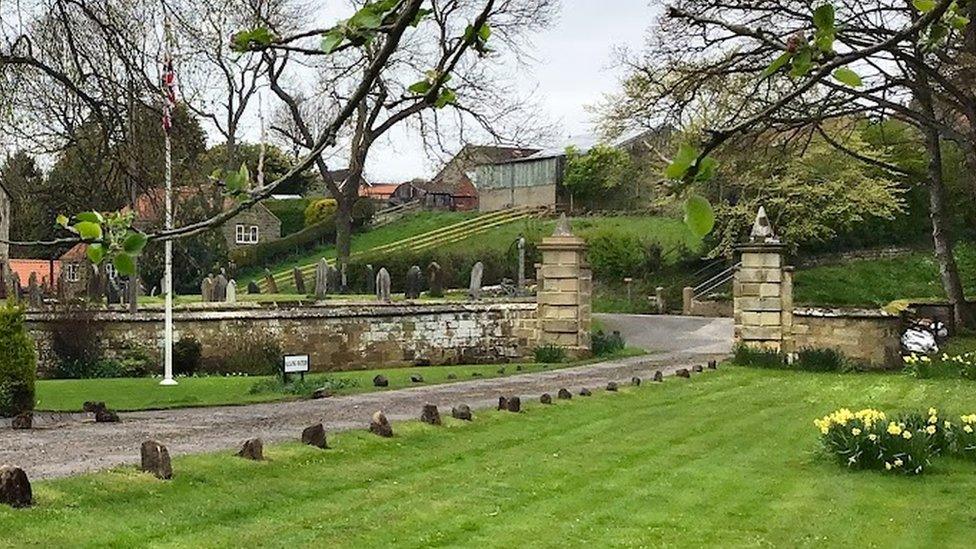
The estate walls and gate piers at Ingleby Manor, North Yorkshire are now protected by the heritage list
Ingleby manor was built in 1540 by Sir William Eure, a soldier and courtier of Henry VIII. The house was surrounded by extensive parkland and, at some point in the late 16th or early 17th Century, walls were added to enclose the estate.
The walls have two gateways: one enabling carriages to enter the estate and another which gave the Lord of the Manor and his family private entry to the churchyard of the adjacent grade I-listed Church of St Andrew.

Surfleet War Memorial, Lincolnshire
Installed in 1921 in the village of Surfleet, this elegantly-designed, World War One memorial stands at about 17ft (5m).
On the night of 12 January 1930, the memorial was damaged by a gale, according to a local newspaper report.

Follow BBC Yorkshire on Facebook, external, Twitter, external and Instagram, external. Send your story ideas to yorkslincs.news@bbc.co.uk, external.